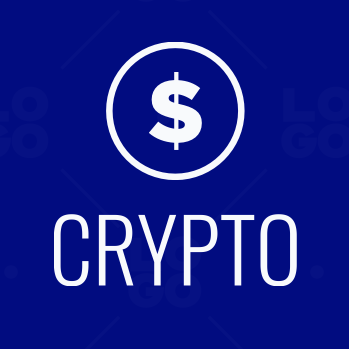IOTA (MIOTA) is a next-generation cryptocurrency designed to support the growing Internet of Things (IoT) economy. Unlike traditional blockchain-based coins like Bitcoin and Ethereum, IOTA uses a unique structure called the Tangle to enable feeless, scalable, and energy-efficient transactions between connected devices.
The Birth and Purpose of IOTA
IOTA was launched in 2015 by developers Dominik Schiener, David Sønstebø, Sergey Ivancheglo, and Serguei Popov. It evolved from a hardware-focused Jinn project into a full-fledged digital currency designed specifically for machine-to-machine (M2M) communication. IOTA’s core mission is to enable frictionless microtransactions within the IoT space—where billions of smart devices exchange data and value.
Also read: What Is Shibarium? Shiba Inu’s Layer 2 Blockchain for DeFi, Gaming & the Metaverse
Tangle Technology: Beyond Blockchain
IOTA replaced blockchain with an innovative protocol called Tangle, which is based on a Directed Acyclic Graph (DAG). Unlike blockchains that rely on miners and linear chains of blocks, Tangle allows each new transaction to verify two previous ones. This approach removes miners, reduces power consumption, and eliminates transaction fees.
Because of this design, IOTA excels in handling small, frequent transactions, making it ideal for IoT devices where cost and energy efficiency are critical.
MIOTA Token and IoT Integration
The native currency of the IOTA network is called MIOTA, representing one million IOTA units. It facilitates transactions and data exchange across IoT devices in a decentralized, secure, and scalable environment. Companies and developers can integrate MIOTA into IoT applications, allowing for real-time payments and automation with minimal cost and infrastructure.
As of early 2021, all MIOTA tokens were already in circulation, with a total supply of approximately 2.78 billion. The token is listed on major exchanges including Binance, Bitfinex, and Huobi.
Key Advantages and Challenges
Pros:
- Feeless transactions enable economical microtransactions.
- Scalability increases as more users join the network.
- Quantum-resistant signatures ensure security in the face of future computing threats.
- Well-suited for the IoT economy, offering low energy consumption.
Cons:
- Still a developing ecosystem with ongoing improvements needed.
- Price is volatile, like many other cryptocurrencies.
- Faces security concerns due to its novel and relatively unproven architecture.
Conclusion: A New Frontier for Crypto and IoT
IOTA (MIOTA) stands apart as a cryptocurrency designed not just for people, but for machines. With its innovative Tangle protocol and focus on IoT integration, it offers a compelling solution for microtransactions and data sharing in a connected world. While still evolving, IOTA shows strong potential to play a pivotal role in the future of decentralized technologies.



